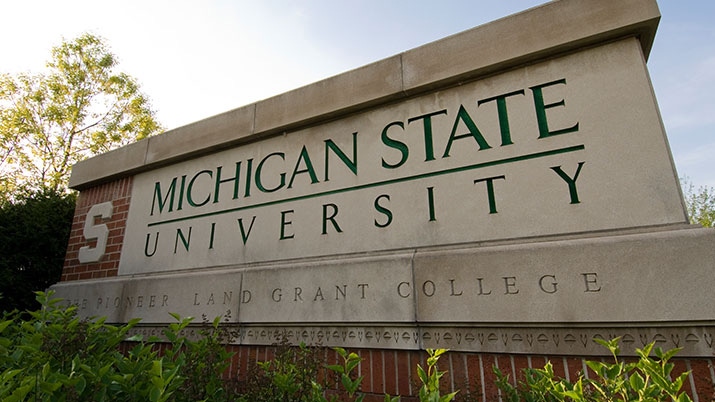The school's influence stretches far beyond its campus where ongoing research in Costa Rica and other South American countries is exploring methods.

Anaerobic digestion facilities are popping up across the country, including some at college campuses.
Michigan State University, in East Lansing, Mich., is leading with way with a facility that processes between 20,000 and 24,000 tons of food waste annually to generate 380 kilowatts of electricity every hour for the campus, up to 2,800,000 kwH annually.
But Michigan State’s influence stretches far beyond its campus where ongoing research in Costa Rica and other South American countries is exploring methods to address challenging waste streams specific to certain regions.
On campus, a lot has changed since the university built its current domestic plant in 2013.
“When we launched on campus, we had a lot of fruits and vegetables. But we lost our produce supplier who went to compost,” says Dana Kirk, an assistant professor of biosystems and agricultural engineering at Michigan State. “We backfilled with milk processing waste.… And we are working more with fats, oils and greases that we get from restaurants and from rendering plants that take residues from industry. So every year our feedstock has dramatically shifted. And getting the right mix is a balancing act.”
Currently, the university is exploring ways to extract better value from remaining digestate. The plan is to concentrate the nutrients in this digestate into smaller volumes of fertilizer, which can then be used on campus cropland and private farms. The process would not only increase product value, but reduce waste in discharged water, consequently cutting gallons that need to be hauled.
Michigan State’s earliest involvement with AD reaches back to 2003 when it secured a grant to build a full-scale plant on a local dairy farm. In 2008 it created an AD research education center, which is a private- public partnership to support the developing industry. The focus is on helping municipalities, other waste generators, and investors to understand how the technology can be used for renewable energy and waste management.
In addition to providing these stakeholders with training and technical assistance, the university’s researchers evaluate feedstocks. They have looked at more than 1,000 waste products from paper plates to grass cuttings to determine biogas potential.
Its work internationally is driven largely by the goal to learn more.
“If we go global we get to stay at the forefront of technology development,” Kirk says. “If technologies are deployed in other parts of the world, we get to see them early and may be able to bring them to the U.S.”
Research in partnership with the University of Costa Rica involves evaluating operating at higher temperatures to produce pathogen-free residue.
Facilities are using fruits and vegetables from distribution centers and have used coffee wastes as feedstock. Currently the work is focused on transforming pineapple liquid waste to energy.
“While Costa Rica’s pineapple industry is important to the local economy, there is increasing concern about impacts on soil, water, animals, and persons,” says Werner Rodríguez-Montero, head of Fabio Baudrit experimental station, University of Costa Rica. “One hectare generates approximately 350 tons of organic wastes. In time we believe the technology will help us manage this waste as well as that from other crops in Costa Rica and beyond.”
While research involving Michigan State was concentrated in Costa Rica, Nicaragua and Panama were also involved.
“Through this relationship with Michigan State we developed a regional network to transfer anaerobic biodigestion technology from Costa Rica to other countries facing similar problems and in need of sustainable tropical cropping systems. This infrastructure is the only one existing in the region to do research at this scale,” says Rodríguez-Montero.
On U.S. soil, while some of the food waste comes from the community, much is generated and collected from campus dining halls. Collection starts with dining staff removing it from plates and keeping it free of contaminants like service ware. Michigan State’s recycling division picks it up, mixes it into one large container, and hauls it to the digester daily, and year-round.
“Training staff and educating students is key to success, and we do this at the beginning of each year,” says Carla Iansiti, residential and hospitality services sustainability officer at Michigan State. “What helps with buy in is to tell them why we do this. If they know organic waste is going somewhere for good use, both students and staff are more receptive to being part of the effort.”
As it continues its work overseas and on campus, Michigan State is looking for more ways to advance the technology and with new feedstocks. Most recently it is assisting the Detroit Zoo, which is now in early stages of developing a dry digester using food and animal waste.
About the Author(s)
You May Also Like




